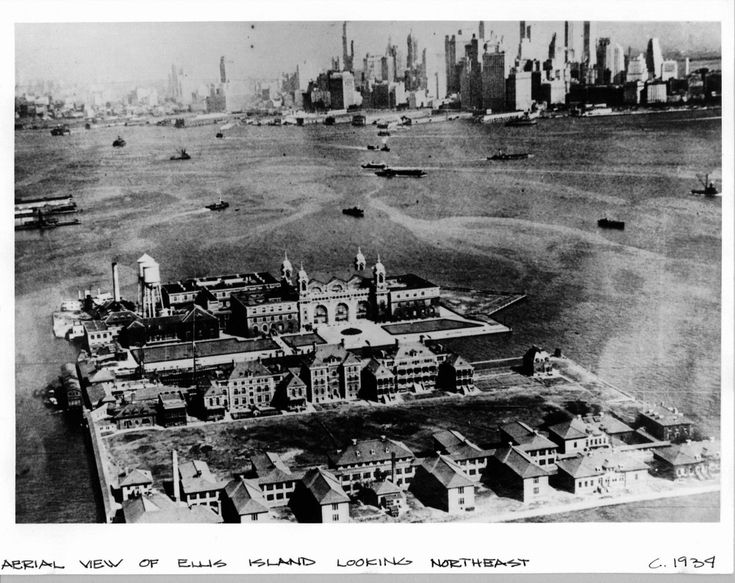The 1970s was a pivotal period of time in the historiography of oral history. Halpern points to the publications of the Lynds’ Rank and File and Friedlander’s Emergence of a UAW Local in 1973 and ’75 respectively as heralds of subsequent decades of scholarship about “the history of the industrial union upsurge of the 1930s and its ultimate failure to alter significantly the trajectory of American capitalism.” (Halpern, Historiographic Assessment, 597). Concurrently, from 1972 thru ’76, Dr. Herbert Gutman of the City College of New York (CCNY) led the New York City Immigrant Labor History Project and organized interviews (which he did not personally conduct) of more than two hundred people.

I listened to an interview of Antonio Buono, who immigrated to New York City in 1934 and worked as a longshoreman. An unidentified friend, whose presence both streamlined and complicated the interview, occasionally helped Mr. Buono understand the interviewer’s questions. Sometimes this friend stepped outside the role of translator, however, and answered the interviewer’s questions instead of Buono. The interviewer and both interviewees frequently spoke over each other, diminishing the audio quality and transcript clarity. The unidentified interviewer, a younger woman, spent considerable time struggling to comprehend Mr. Buono’s broken English. She could understand nothing Buono said when he spoke Italian with his friend, which he did frequently. Would conducting the interview in Italian have produced a more fruitful exchange? The error-ridden transcript strongly resembles the work of speech-to-text software and excludes entirely any Italian spoken between the two sources, suggesting Dr. Gutman’s team did not bother to archive their interviews with official transcripts.
I suspect the interviewer was a student (undergraduate and graduate students conducted many of these interviews) who lacked people skills, which might explain why she struggled to establish rapport with her source and did not fully leverage unexpected common ground which arose between them. When the interviewer revealed that she had visited her source’s hometown of Ischia, Mr. Buono (who tended to speak only when spoken to) lit up and made unprompted remarks about the beauty of Ischia and its pubs. Unfortunately, the interviewer didn’t bite, stifling anything else Buono had to say about his upbringing by skipping ahead to his departure from Italy. Then she neglected to ask about Ellis Island. The questions were all over the place, but in the interviewer’s defense, Buono challenged her by offering very short answers. When asked what he brought with him during passage to the United States, Buono simply responded, “a suitcase,” and did not elaborate (“Clothes … wine and stuff”) until pressed for more details. As Ritchie noted more than a generation later, “people remember what they think is important, not necessarily what the interviewer thinks is most consequential” (Ritchie, Doing Oral History, 32). The interviewer’s habit of asking conversationally infertile yes-or-no questions to keep Mr. Buono talking caused her to miss enticing opportunities to pivot to Buono’s involvement in organized labor; the project’s entire point.

The most interesting part of the interview came from Mr. Buono’s unnamed friend, who briefly described how Italian immigrant communities in the New York City of his youth presented a united front at work while becoming more “clannish” outside the workplace (Sicilians sticking with Sicilians, Calabrians with Calabrians, Barese with Barese, etc). Strangely, the interviewer did not ask Mr. Buono about how this “clannish” dynamic played out in the labor unions. Perhaps she doubted Mr. Buono’s ability to comment on such a complex subject due to his lack of higher education? For Brecher, “respect is the alpha and omega of good interviewing technique,” and a good oral historian will view their sources as equals “from whom you have a great deal to learn” (Brecher, Quit Worrying, 197).
Overall, Antonio Buono’s interview reconstructs a fascinating life story. I especially appreciated the interviewer’s choice to conduct the interview in a bustling public space, which likely helped Mr. Buono open up in ways the sterility of an isolated, sound-proofed room might have discouraged. By failing to move beyond the basic task of gathering details of Mr. Buono’s life story, however, the interview lacked critical dialogue and could have engaged more significantly with the NYC Immigrant Labor History Project’s mission. Portelli, who believes in oral history’s inherent partiality, would think Mr. Buono’s interviewer shouldn’t try so hard to remain aloof because “oral history can never be told without taking sides, since the “sides” exist inside the telling.” (Portelli, Oral History, 57). The co-creative nature of an oral history interview should be embraced, and if your interviewee is having a good time, reciprocating won’t stop Earth from spinning.
